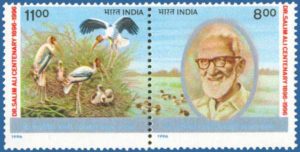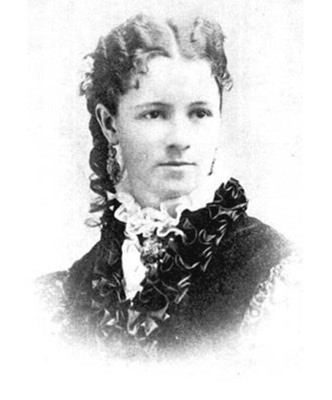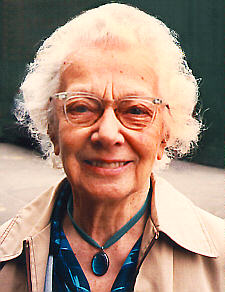Amory Lovins, considered by many to be the king of energy efficiency, was born on November 13, 1947. Lovins created and led the Rocky Mountain Institute (RMI), a think-tank specializing in novel approaches to saving energy and, thereby, saving costs of constructing and operating buildings. He is now listed as Chairman Emeritus and Chief Scientist for RMI
Lovins is a noble combination of contrarian and conventional thinking. Biographies describe him as a physicist, but his academic career is much more ambiguous. He studied at Harvard and Oxford, but quit both schools when they tried to make him choose a major. Despite never earning a degree the usual way, he now holds a dozen honorary doctorates. He remains an optimist, understanding that enormous opportunities exist to re-direct human existence into sustainable pathways. The goal of RMI, he says, is to help direct “the efficient and restorative use of resources to make the world secure, just, prosperous, and life-sustaining.”
Realizing that goal requires a type of Renaissance Man, and Lovins meets the definition. The range of his capabilities and interests is enormous, from basic sciences to economics to art and photography. He is, by all accounts, a genius. That distinction was validated by a MacArthur Foundation “Genius” grant and a long list of awards, including recognition as one of Time magazine’s “100 most influential people.”
He provides a unique perspective on energy usage (and most other aspects of modern life). Emphasizing his upbeat approach, he says, “I don’t do problems. I do solutions.” His solutions for energy use are based on a holistic, rather than a compartmentalized, view. Better design and materials in construction lead to lower energy use, which pays for the better design and materials. He claims, and I believe him, that new buildings can be built that use only 25% of the energy of the buildings they replace. He lives in a house in Colorado that is essentially “off the grid,” and allows tourists to see how he “walks the talk.”
Lovins was one of the first to warn the world about climate change. In a 1976 article about energy strategy, written in response to the Arab oil embargo, he noted that reliance on fossil fuels would lead inevitably to climate change, only the timing being in question. Consequently, he works with anyone whose better decisions can reduce dependence on burning carbon for energy. When criticized for helping the Department of Defense become more efficient at conducting war, Lovins countered that the atmosphere doesn’t care where the emission savings come from—and neither does he.
He believes that energy conservation is the absolute top strategy for reducing human dependence on fossil fuels. He coined the term “nega-watts” to indicate the reduction in energy generation that can be achieved by conservation.
I have heard Lovins speak several times. Each has been mesmerizing, both by the power and simplicity of his ideas and the joy with which he shares them. Most of the energy in automobiles is used to move the weight of the car, not the passengers—so let’s make cars with carbon-fiber lightweight frames. Plumbers like to run pipes at right angles, but routing them on the diagonal can reduce costs. Opportunities to save are everywhere. And while we might say he thinks out of the box, he would disagree: “There is no box.”
References:
Kolbert, Elizabeth. 2007. Mr. Green; Environmentalism’s optimistic guru Amory Lovins. The New Yorker, January 22, 2007. Available at: https://www.newyorker.com/magazine/2007/01/22/mr-green. Accessed November 13, 2017.
Rocky Mountain Institute. Amory Lovins. Available at: https://rmi.org/people/amory-lovins/. Accessed November 13, 2017.






